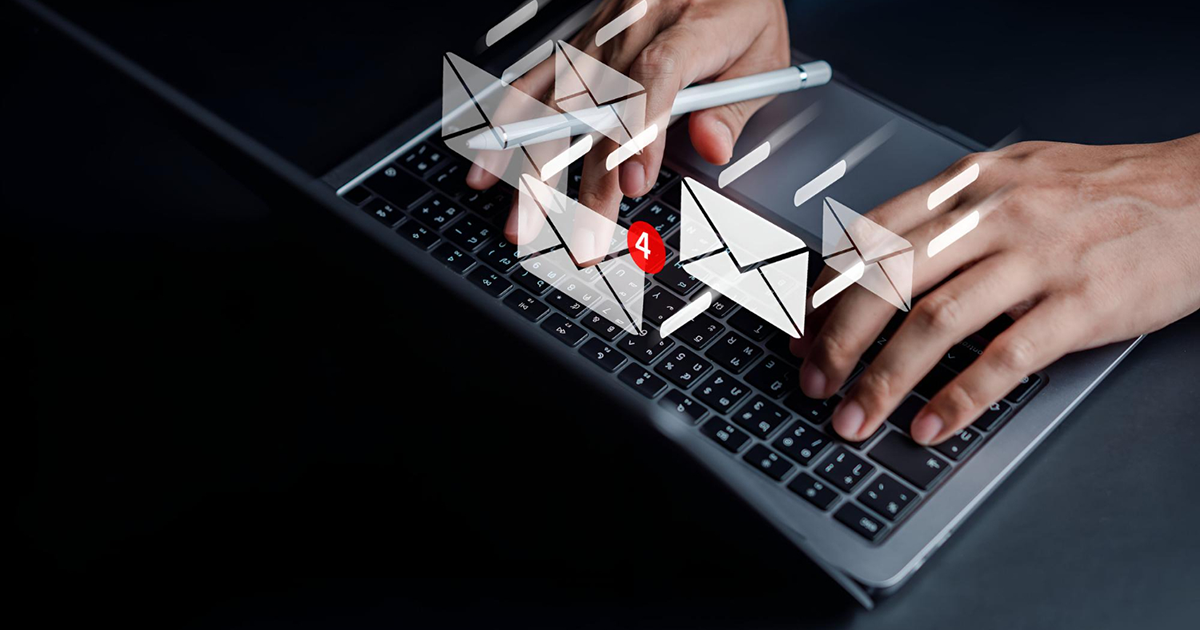
Introduction to Email Verification in Laravel
Email verification is a crucial aspect of web application security and user experience, especially in Laravel. As developers, we often find ourselves navigating the complexities of ensuring that our users are genuine before granting them access to our platforms. A robust email verification process not only protects your app from spam and abuse but also builds trust with your users.
However, implementing effective email verification can come with its challenges. From issues related to deliverability to user confusion over confirmation links, there’s much that can go wrong. Fortunately, improving email verification in Laravel isn’t just possible; it’s essential for any modern application looking to maintain integrity and foster user engagement.
In this article, we’ll explore common pitfalls you might encounter while verifying emails in Laravel and share best practices for enhancing the entire process. Whether you’re new to Laravel or a seasoned pro seeking fresh insights, you’ll discover actionable strategies that ensure your email verifications run smoothly every time. Let’s dive into making your email verification as seamless as possible!
Common Issues with Email Verification
Email verification is a crucial feature in any web application, yet it often comes with its own set of challenges. One common issue developers face is email delivery failures. This can occur due to misconfigured SMTP settings or being flagged as spam.
Another frequent problem lies in user confusion. Many users overlook their inbox for the verification email, leading to frustration and abandoned accounts. Ensuring that emails are clearly labeled and contain straightforward instructions can help mitigate this.
Additionally, timeouts during the verification process can create hurdles. If users don’t verify within a certain timeframe, they may lose access altogether. Implementing reminders or resending verification links might offer a smoother experience.
Reliance on default messages without personalization makes communication feel robotic and impersonal. Tailored content fosters better engagement and boosts conversion rates significantly.
Understanding the Email Verification Process in Laravel
Email verification in Laravel is a crucial aspect of user authentication. It ensures that users provide valid email addresses, helping to maintain the integrity of your application.
When a new user registers, Laravel generates a unique verification link and sends it via email. This link contains a token specific to the user’s account and must be clicked to confirm ownership.
Upon clicking the link, the application checks the token’s validity. If it’s valid, Laravel marks the user’s email as verified in the database. If not, an error message prompts them to try again or request another verification email.
Laravel also allows for customizing this process through event listeners and notifications. Developers can enhance security by modifying tokens or even changing how emails are sent.
Understanding this workflow helps you streamline user registration while minimizing fraudulent accounts effectively.
Best Practices for Improving Email Verification
To enhance email verification in Laravel, start with clear and concise messaging. Ensure that your verification emails are straightforward. A well-crafted subject line encourages users to open the message.
Consider adding a resend link for those who misplace or overlook the initial email. This small feature can significantly improve user experience.
Utilize custom tokens that expire after a specific timeframe. It enhances security and urges timely interaction from users.
Design your email templates to be mobile-responsive. Many people check their emails on smartphones, so make sure your messages look great on any device.
Monitor metrics like open rates and click-through rates regularly. This data helps you identify potential issues and optimize future communications effectively, creating a smoother onboarding process for your users.
Implementing Custom Error Messages
Custom error messages enhance user experience during the email verification process. When users encounter issues, generic messages can be frustrating and unhelpful. Tailoring these responses makes a significant difference.
Start by defining clear errors in your validation rules. Laravel allows you to customize these messages easily within the form request or directly in your controller. Use language that resonates with your audience; humor or encouragement can make a tedious task feel lighter.
Consider including specific instructions on how to resolve the issue. If an email is sent but not received, suggest checking spam folders or verifying input accuracy.
Moreover, think about implementing multilingual support if your application serves diverse users. This approach ensures everyone understands what went wrong and how to proceed next.
By refining error messaging, you’ll create a smoother path for users as they navigate through their verification journey.
Integrating Third-Party Verification Services
Integrating third-party verification services can significantly enhance your email verification process in Laravel. These services provide robust solutions that help you validate user emails without heavy lifting on your end.
Many popular APIs, like ZeroBounce or NeverBounce, offer real-time validation. They check if an email address is active and not just a string of characters. This reduces bounce rates and improves deliverability.
Using these tools is straightforward. You’ll typically need to sign up for their service, get an API key, and implement calls within your Laravel application.
Consider the pricing models too; some may charge per verification while others have subscription plans based on usage volume.
Remember to handle data privacy carefully when dealing with external services. Ensure compliance with relevant regulations like GDPR so you protect both your users’ information and your reputation as a business.
Conclusion
Email verification is a critical component of any web application, particularly when using Laravel. It enhances security and ensures authentic user interactions. By addressing common issues, understanding the verification process, and adopting best practices, developers can significantly improve their email verification systems.
Custom error messages provide clarity to users, facilitating smoother experiences. Integrating third-party services can also offer additional layers of validation that enhance reliability.
Taking these steps will not only streamline your email verification process but also build trust with your users. Investing time in refining this aspect of your application pays off in user satisfaction and retention. Embrace these strategies for better email verification today!
